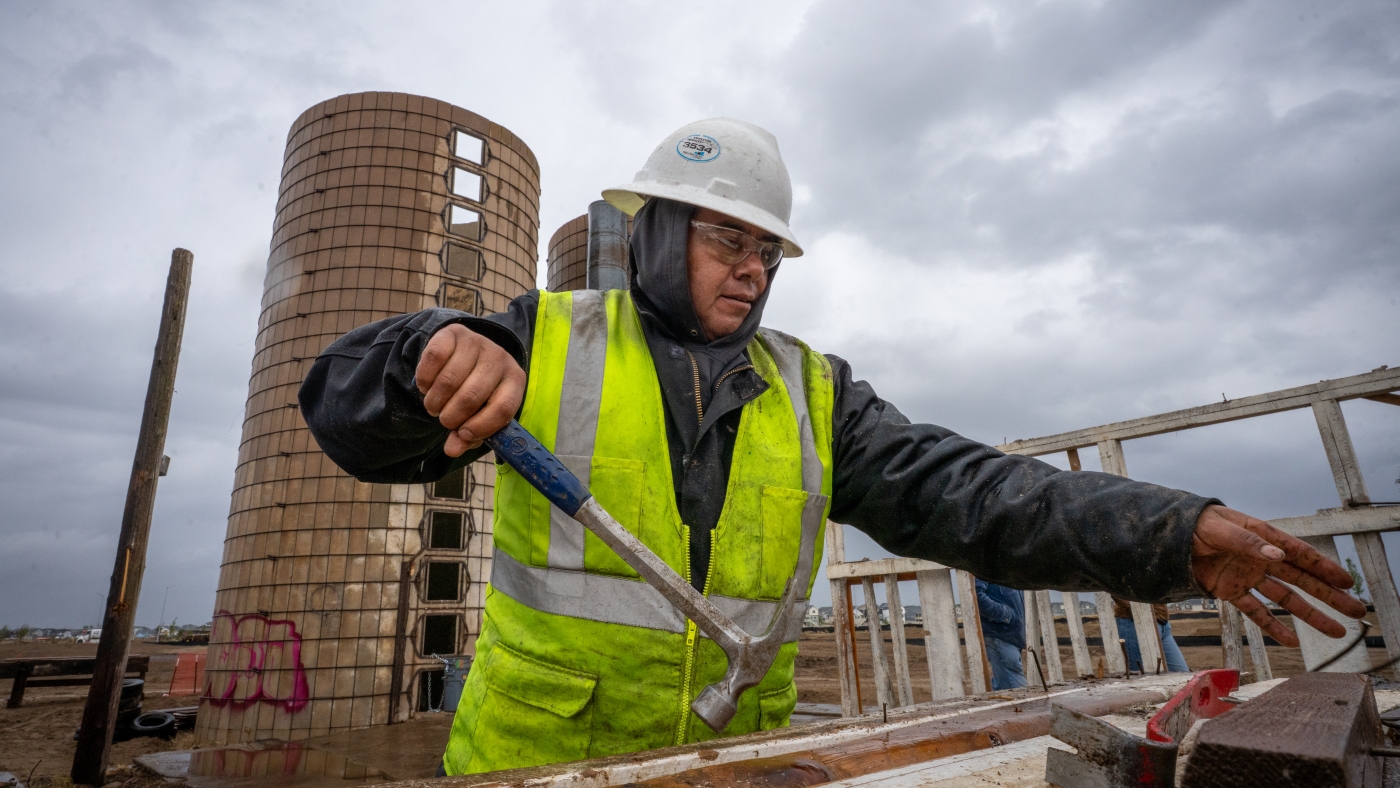The construction industry, responsible for nearly 40% of global greenhouse gas emissions, generates over 600 million tons of waste annually in the U.S. alone, much of it from traditional demolition. Deconstruction, the careful dismantling of buildings to salvage reusable materials, is emerging as a climate-friendly alternative.
Cities like Boulder, Colorado, and Portland, Oregon, are leading the charge with policies that divert waste from landfills and reduce embodied carbon—the emissions from manufacturing, transporting, and disposing of construction materials. As climate concerns grow, builders are adopting deconstruction to create a circular economy, cut costs, and meet sustainability goals.
Why Deconstruction Is Catching On as a Climate Solution
Deconstruction is gaining momentum among builders as a powerful climate solution, transforming how old buildings are dismantled to reduce waste and carbon emissions. Unlike traditional demolition, which produces over 600 million tons of trash annually in the U.S., deconstruction involves carefully salvaging materials like lumber, bricks, and fixtures for reuse, creating a circular economy. Here’s why it’s catching on in 2025.
- Reducing Embodied Carbon: The construction sector accounts for nearly 40% of global emissions, with half from embodied carbon in materials, per the Carbon Leadership Forum. Deconstruction cuts emissions by reusing existing materials, avoiding energy-intensive production. For example, salvaging a ton of wood prevents 60 pounds of greenhouse gases, according to Green Donation Consultants.
- Diverting Landfill Waste: In the U.S., 33 million tons of wood-related demolition debris are buried yearly, releasing methane equivalent to 3.7 million cars’ emissions. Cities like Boulder mandate deconstruction for older homes, diverting millions of pounds of materials, as seen in Perks Deconstruction’s work in Aurora, Colorado.
- Economic and Job Benefits: A Cornell-led study estimates that shifting to deconstruction in New York could create 8,130–12,630 jobs and generate $872 million to $1.4 billion in economic activity. Reused materials lower costs for builders, and donation programs like Habitat for Humanity’s ReStore offer tax incentives.
- Policy Support: Cities like Oakland and Vancouver enforce deconstruction ordinances, while France and the Netherlands incentivize material reuse. These policies normalize salvaged materials in markets, as noted by the World Economic Forum.
- Design for the Future: Builders are now designing for deconstruction, using durable, separable materials to ease future dismantling, per eampact.com. This “circular construction” approach aligns with net-zero goals.
Challenges remain, including labor costs and limited sorting facilities, but growing infrastructure and awareness are driving adoption. Deconstruction’s promise of sustainability and economic gains makes it a win-win for builders and the planet.
Suggested Authoritative Sources
- NPR: “Why deconstruction is catching on with some builders as a climate solution” (June 13, 2025).
- World Economic Forum: “Deconstruction is an eco-friendly alternative to building demolition” (September 19, 2024).
- Cornell Chronicle: “Building deconstruction, reuse would benefit NYS jobs, climate” (October 3, 2024).
- WBUR: “How deconstruction of old buildings can be a climate solution” (May 23, 2025).
- Green Donation Consultants: “Deconstruction: The Environmentally-Friendly Path in Construction” (July 19, 2018).
